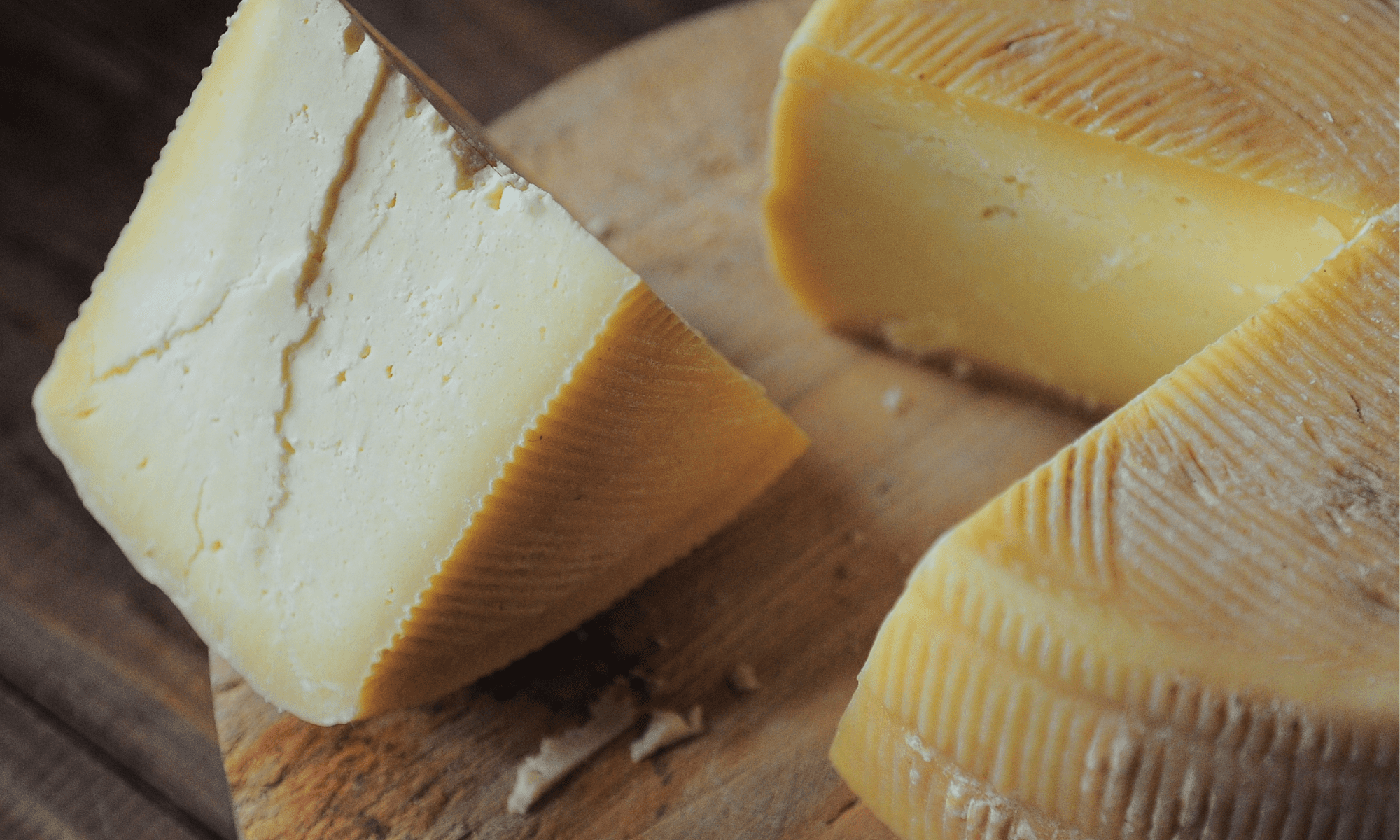
Hi everyone! My name is Caitlin Zaring, and I am a second-year M.S. student under Dr. Elizabeth Eckelkamp working with value-added dairies. I am currently working on a cheese processing publication. While working on this, I started to wonder what the history of cheese was. As it turns out, up until about 20 years ago, the history of cheese, and dairying in general, was surrounded by mystery. Even today, very little is known for certainty (Kindstedt, 2018).
Domestication and Milking
Before considering the history of cheese, we must look at dairy animal domestication and milk production history. Evidence suggests that small ruminant domestication took place before that of cattle in the same general region of the Fertile Crescent, the Euphrates and Tigris River Valleys, named the “cradle of agriculture”(Vigne and Helmer, 2007, Vigne, 2011, Weiss and Zohary, 2011). It is assumed that milking began around the 4th millennium BC, but research suggests that dairying began around the time of domestication (9th millennium BC) (Sherratt, 1981, 1983, Helmer et al., 2007).
Lactose Intolerance as Intro for Cheese
Many humans in the Neolithic era, the late stone age, were lactose intolerant as adults. It took several thousand years from the start of dairying before lactose persistence/tolerance became widely established for the first time in central Europe sometime after the 6th millennium BC (Burger et al., 2007, Itan et al., 2009, Leonardi et al., 2012, Curry, 2013). This implies that the earliest harvesting was intended for young children still suckling, or possibly that lactose-reduced products like butter or cheese were created to allow a substantial fraction of a nutrient profile to be accessible to the adult population in the Neolithic era (Kindstedt, 2018).
First Evidence of Cheese
While this is only speculation, the first direct evidence of dairying in the archeologic record was seen in the dawn of pottery making in the 7th millennium BC in western Anatolia (Evershed et al., 2008, Thissen et al., 2010). The presence of milk-fat residues in ancient pots does not necessarily indicate the occurrence of cheesemaking, only that milk of some form was housed in them (Kindstedt, 2018). However, studies suggest that concentrated dairy products like cheese and butter (those with high levels of fat and low levels of water and lactose) might have been contained in the pot based on what nutrient traces were seen (Copley et al., 2005). Evidence similar was also seen in Neolithic ceramic sieves (Figure 1) recovered from northeastern and northwestern Europe, dating back to the 6th millennium BC (Salque et al., 2012, Salque et al., 2013). Remnants of these sieves were observed throughout central Europe. Similar are those from the Bronze Age seen in central Italy, the Balkans, and the Indus River region of Pakistan (Barker, 1981, Bogucki, 1984, Gouin, 1997). It has been proposed that these ancient pottery sieves were used to separate curds from whey during cheesemaking (Barker et al., 1991, Gouin, 1997), this suspicion was confirmed in 2012 and 2013 (Salque et al., 2012, Salque et al., 2013) that Neolithic farmers used these sieves in cheese making 5000 to 5500 BC in the same way that is still practiced today. Thus, we know that with near certainty cheesemaking was well underway in southwest Asia and parts of Europe by the late Neolithic, but a much earlier origin (such as the beginning of dairying isn’t out of the question) (Kindstedt, 2018). It is thought that Neolithic cheeses were similar to what is produced today by semi-nomadic shepherds in southwest Asia: fresh, soft, acid coagulated, and acid heated coagulated types, which can be sun-dried or heavily salted to preserve for later use (Gouin, 1997, Kamber, 2007, Kindstedt, 2012).
The first descriptive accounts of cheeses and their manufacturing processes came several thousand years after cheesemaking began around the 4th millennium BC with the proto-cuneiform clay tablets from Uruk, the first great city-state of Sumerian civilization in southern Mesopotamia (Green, 1980, Englund, 1991, 1995).
Where is cheese today?
In 2019 the top 5 countries for cheese production are the United States (5,959,000), Germany (2,270,550), France (1,919,570), Italy (1,310,210), Russia (983,000) (NationMaster, 2019, USDA, 2021).